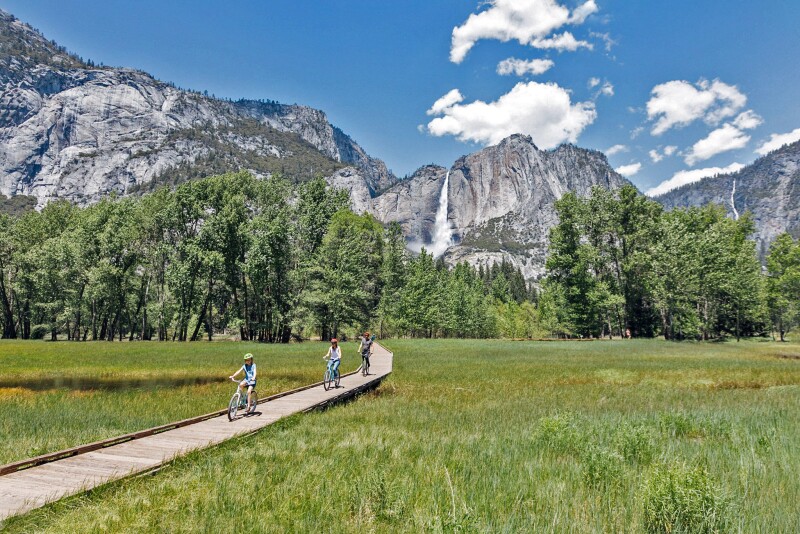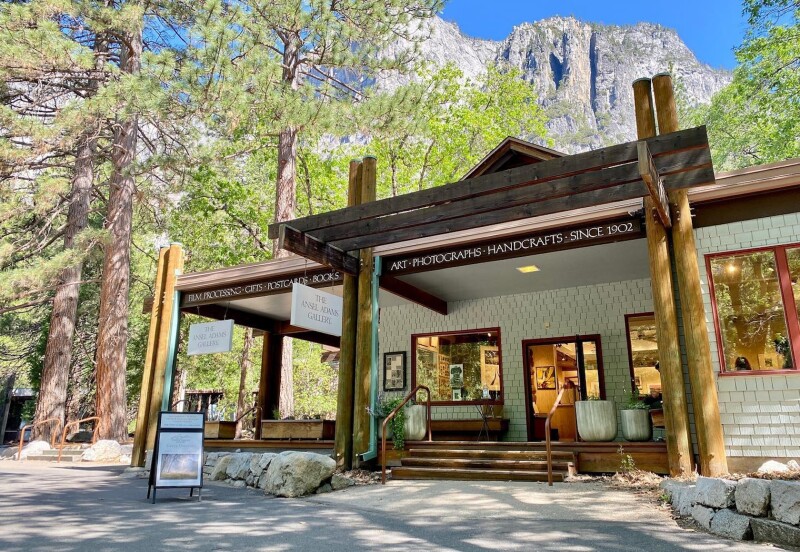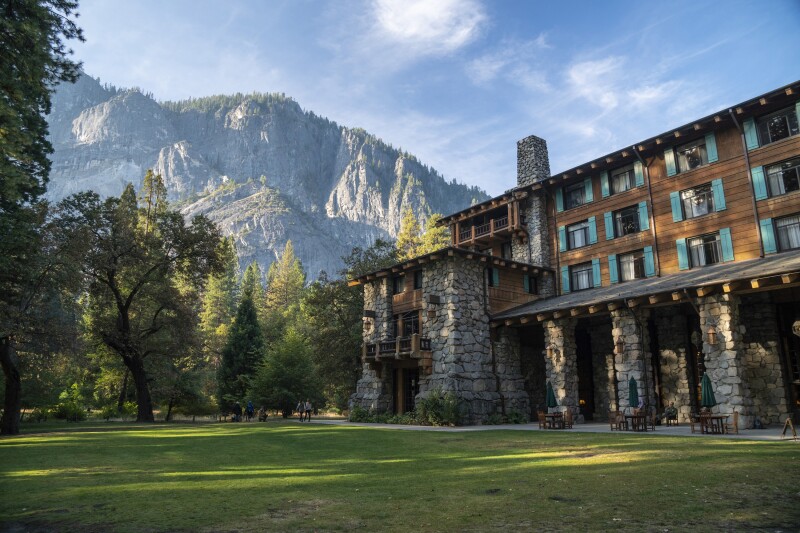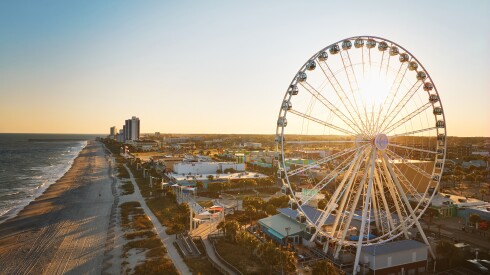Majestic waterfalls are at their frothy finest and wildflowers burst open each year as winter melts into spring in Mariposa County, home to the glorious Yosemite National Park. A few months later, color decorates the region anew—when the ruby reds of dogwoods adorn Yosemite Valley and Mariposa County and the golden leaves of aspens grace Yosemite’s high country—in the fall.
Yosemite is an ideal destination in the spring and autumn beyond the falls and flowers. In these seasons, the national park and Mariposa County’s other attractions have several advantages compared to the busy summertime with wide-open spaces, lower prices, and milder weather.
Practical considerations aside, Yosemite’s main draw is its natural splendor. Travelers come from across the globe to hike the trails, gaze in awe at the falls and granite rockfaces, and immerse themselves in the enchantment of the park. Here are some tips for how to enjoy it all this spring or fall.
Go on waterfall hikes, golf, bike, and enjoy more outdoor adventures in Yosemite

Nevada Falls in Yosemite National Park
Courtesy of Yosemite Mariposa County Tourism Bureau/Chris Migeon
Yosemite’s wondrous waterfalls are at their fullest in the spring. It’s easy to feel their power thanks to short walks (10–20 minutes from the road that encircles the valley) to the base of each of the Big Three—Yosemite Falls, Bridalveil Falls, and Vernal Fall’s Mist Trail—in Yosemite Valley. Those with more time and a bigger appetite for hiking can venture to the top of those falls.
The same accessibility applies to the park’s granite peaks. You can easily stroll to the base of El Capitan to watch rock climbers puzzle their way up or admire Half Dome from anywhere. A web of hiking trails laces the park; all you need to do is pick one that matches your fitness level.

Biking through Yosemite Valley
Photo by Joe Goger Photography
You can cover more ground on two wheels than two legs, especially in generally flat Yosemite Valley, so consider renting bikes from any of three valley locations. For rides of two hours or less, you can instead hop on a free Yosemite Bike Share comfort bike. To adventure outside the park, take a half- or full-day Yosemite E-Biking tour on fat tires in Mariposa County’s foothills or explore Exchequer Mountain Bike Park’s 700 bike-only acres at Lake McClure.
Only a fraction of Yosemite visitors makes it outside Yosemite Valley, but going off the beaten path has big rewards. Surrounding the village of Wawona at the southern end of the park are Mariposa Grove’s hundreds of giant sequoias, several easy hiking trails, an 1857 covered bridge, a museum, and a historic cemetery, bank, and jail. There’s even a nine-hole, par-35 golf course—one of only a few in U.S. national parks. Deer and other wildlife sightings are common on the golf course and throughout the park.
Take a train through the Sierra National Forest

Ride the rails through Yosemite’s scenic landscapes.
Yosemite Mountain Sugar Pine Railroad
Five minutes outside the national park, you can rest your feet for a one-hour narrated tour on an open-air steam engine train through the woods of Sierra National Forest. Operating in the spring and fall as well as the more popular summer, the family-operated Yosemite Mountain Sugar Pine Railroad has offered visitors this experience for generations. The train runs April 1–November 30, 2025, with Moonlight Special rides (that include a barbecue dinner and entertainment) happening May 17–October 11, 2025.
Visit museums for local history and more

Mariposa Museum & History Center
Courtesy of the Mariposa Museum & History Center
Yosemite visitors can take a break from hiking and touring by ducking inside one of three mesmerizing Mariposa museums. Rockhounds can check out the largest gold nugget discovered during the Gold Rush (13.8 pounds) at the California State Mining & Mineral Museum. Learn about local history at the Mariposa Museum & History Center, which the Smithsonian Institute called “the best little museum of its size west of the Mississippi,” and the Yosemite Climbing Museum.

Ansel Adams Gallery
Courtesy of the Ansel Adams Gallery
Yosemite Valley’s must-see museums are the Yosemite Museum, which focuses on Native Americans, and the adjacent Ansel Adams Gallery (opened in 1902), featuring the classic Yosemite photography of America’s premier nature photographer.
Where to stay in and around Yosemite

The Ahwahnee Hotel is iconic in Yosemite.
Courtesy of the Ahwahnee Hotel
You can book several types of accommodations in Yosemite National Park, and most are more affordable in the spring and fall. Choose between the valley’s Yosemite Valley Lodge, a more modern option, and the historic Ahwahnee. Or sleep under the stars in any of the park’s 403 canvas tent cabins or 13 campgrounds.
Many more accommodations lie outside park boundaries, including resorts, motels, bed-and-breakfasts, cabins, and campgrounds. The biggest is Tenaya at Yosemite, a stylish hotel with a spa, suites, cottages, and cabins. There are also many smaller and more modest overnight options throughout Mariposa County, including in the charming town of Mariposa.











